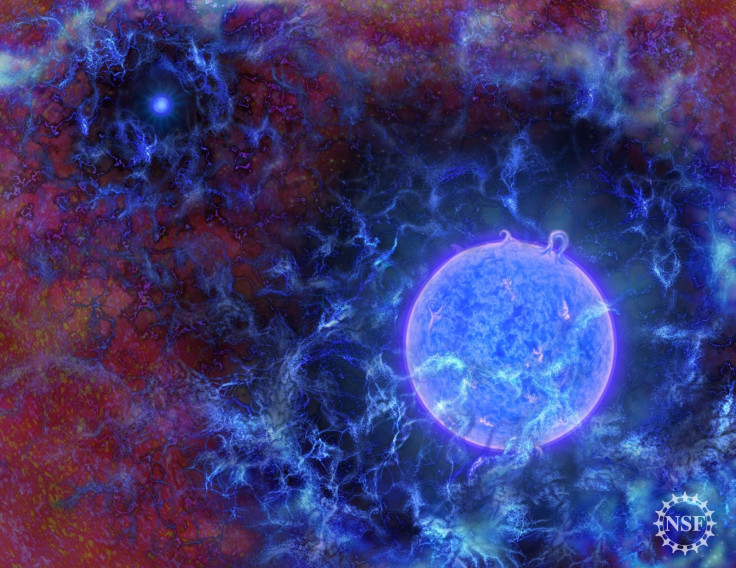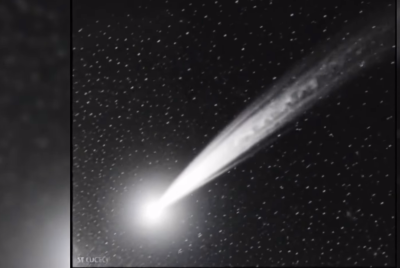Water may exist over the universe in superionic ice form
Water might make the bulk of icy planets, according to a new research.
Water may exist throughout the universe, but in a different form than we previously thought. According to a new research done by the Laboratory for Laser Energetics in Brighton, New York, it may exist in a superionic form.
Researchers blasted a droplet of water using one of the world's most powerful lasers. This resulted in a shock wave that raised the pressure of this one drop to millions of atmospheres and its temperature to thousands of degrees.
Doing this showcased how water can exist in extreme conditions. For a fraction of second, researchers were able to see how water doesn't become a superheated liquid or gas, but becomes crystalline ice instead. The researchers call this superionic ice.
Unlike regular ice, this kind of ice is not white, but black in colour, and it is hot. A cube of this ice will weigh four times a similar sized cube of ice.
Scientists have been trying to do this experiment for three decades, but finally succeeded this month.
"This unique behaviour is due in part to the geometrical frustration of the weak intermolecular hydrogen bonds and the sizeable quantum motion of the light hydrogen ions (protons). Particularly intriguing is the prediction that H2O becomes superionic—with liquid-like protons diffusing through the solid lattice of oxygen—when subjected to extreme pressures exceeding 100 gigapascals and high temperatures above 2,000 kelvin," the researchers stated in a paper published in the Nature Journal.
According to the research paper, this superionic ice exists inside Neptune and Uranus along with liquid water on Earth, Europa and Enaceladus. It points to the possibility that these planets might have solid instead of liquid cores.
The scientists also discovered that ice crystal exists in 18 different kinds of structures. Not only that, water does not exist in the same compound that it exists on earth – one oxygen and two hydrogen molecules held in an intact manner. Instead, oxygen forms a cubic lattice through which hydrogen atoms flow freely.
The discovery will also have implications on earth. It will help scientists craft new substances with tailor-made properties.
The superionic ice shares some properties with regular water and metals. The loose hydrogen atoms, however, boost the entropy of the ice and make it melt only at very high temperatures.
Research on this form of water has just begun. The possibilities it seems are as endless as the universe.

© Copyright IBTimes 2025. All rights reserved.





















